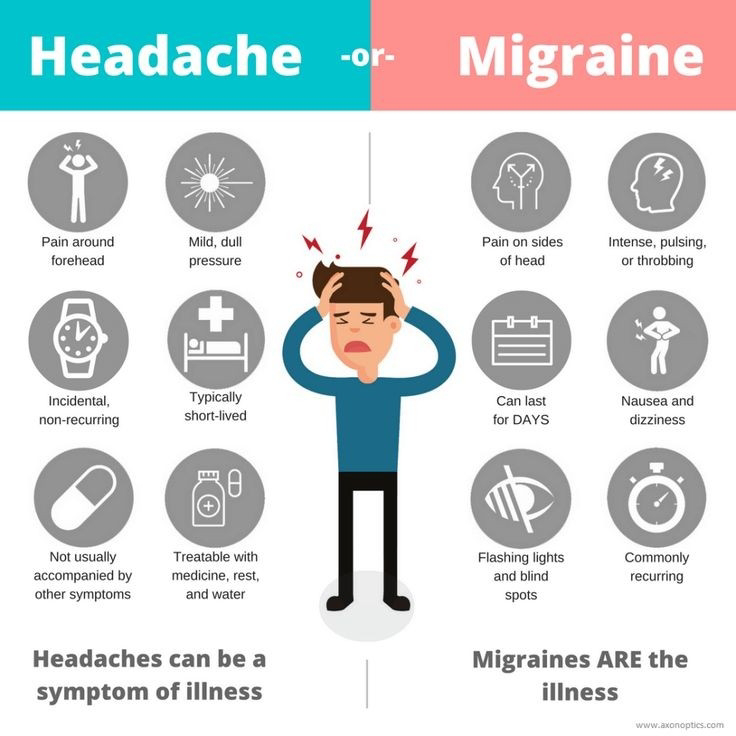HEAT RASH ( MILIARIA )
DEFINITION :
Heat rash — also known as prickly heat and miliaria — isn't just for babies. Heat rash affects adults, too, especially during hot, humid weather.
Heat rash develops when blocked pores (sweat ducts) trap perspiration under your skin. Symptoms range from superficial blisters to deep, red lumps. Some forms of heat rash feel prickly or intensely itchy.
Heat rash usually clears on its own. Severe forms of heat rash may need medical care, but the best way to relieve symptoms is to cool your skin and prevent sweating.
SYMPTOMS :
Adults usually develop heat rash in skin folds and where clothing causes friction. In infants, the rash is mainly found on the neck, shoulders and chest. It can also show up in the armpits, elbow creases and groin.
Types of heat rash
The types of miliaria are classified according to how deep the blocked sweat ducts are. Signs and symptoms for each type vary.
- The mildest form of heat rash (miliaria crystallina) affects the sweat ducts in the top layer of skin. This form is marked by clear, fluid-filled blisters and bumps (papules) that break easily.
- A type that occurs deeper in the skin (miliaria rubra) is sometimes called prickly heat. Signs and symptoms include red bumps and itching or prickling in the affected area.
- Occasionally, the fluid-containing sacs (vesicles) of miliaria rubra become inflamed and pus-filled (pustular). This form is called miliaria pustulosa.
- A less common form of heat rash (miliaria profunda) affects the dermis, a deeper layer of skin. Retained sweat leaks out of the sweat gland into the skin, causing firm, flesh-colored lesions that resemble goose bumps.
When to see a doctor
Heat rash usually heals by cooling the skin and avoiding exposure to the heat that caused it. See your doctor if you or your child has symptoms that last longer than a few days, the rash seems to be getting worse, or you notice signs of infection, such as:
- Increased pain, swelling, redness or warmth around the affected area.
- Pus draining from the lesions.
- Swollen lymph nodes in the armpit, neck or groin.
- A fever or chills.
CAUSES :
Heat rash develops when some of your sweat ducts clog. Instead of evaporating, perspiration gets trapped beneath the skin, causing inflammation and rash.
It's not always clear why the sweat ducts become blocked, but certain factors seem to play a role, including:
- Immature sweat ducts. A newborn's sweat ducts aren't fully developed. They can rupture more easily, trapping perspiration beneath the skin. Heat rash can develop in the first week of life, especially if the infant is being warmed in an incubator, is dressed too warmly or has a fever.
- Tropical climates. Hot, humid weather can cause heat rash.
- Physical activity. Intense exercise, hard work or any activity that causes you to sweat heavily can lead to heat rash.
- Overheating. Overheating in general — dressing too warmly or sleeping under an electric blanket — can lead to heat rash.
- Prolonged bed rest. Heat rash can also occur in people who are confined to bed for long periods, especially if they have a fever.
RISK FACTORS :
Factors that make you more prone to heat rash include:
- Age. Newborns are most susceptible.
- Tropical climates. People living in the tropics are far more likely to have heat rash than are people in temperate climates.
- Physical activity. Anything that makes you sweat heavily, especially if you're not wearing clothing that allows the sweat to evaporate, can trigger heat rash.
COMPLICATIONS :
Heat rash usually heals without problems, but it can lead to infection with bacteria, causing inflamed and itchy pustules.
TESTS & DIAGNOSIS :
You don't need tests to diagnose heat rash. Your doctor diagnoses it by its appearance.
TREATMENT & DRUGS :
Avoiding overheating may be all you need to do for mild heat rash. Once skin is cool, heat rash tends to clear quickly.
Ointments
More-severe forms of heat rash may require ointments you apply to your skin to relieve discomfort and prevent complications. Such topical treatments may include:
Calamine lotion to soothe itching
Anhydrous lanolin, which may help prevent duct blockage and stop new lesions from forming.
Topical steroids in the most serious cases.
LIFESTYLE & HOME REMEDIES :
To help protect yourself or your child from heat rash:
Avoid overdressing. In summer, wear soft, lightweight, cotton clothing. In winter, children should dress only as warmly as an adult.
Avoid tightfitting clothes that can irritate skin.
When it's hot, stay in the shade or in an air-conditioned building or use a fan to circulate the air.
Keep your sleeping area cool and well-ventilated.
Thank you,
Stay healthy & stay connected for more such articles .





Comments
Post a Comment
If any doubts. Please let me know.